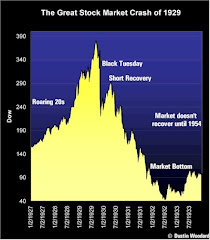
It is always interesting to watch the press releases from one of Canada's major unions, the NUPGE. Despite the current economic times they steadfastly refuse to sacrifice for the economic well being of Canada.
The most recent comment from the NUPGE (National Union of Public and General Employees) is called B.C. throne speech signals public sector instability. It is a very well thought out article trying to address some major issues in Canada today.
The union wants to support a wide range of public initiatives:
in legal aid, libraries, literacy programs, student aid, housing, seniors' services and mental health and addictions services.Despite the rhetoric for its support of these initiatives, the union refuse to offer any productive solutions. They are trying to incite fear that these programs will be cut because of a public sector wage freeze.
The simple solution would be to compensate the unions at the same level as the taxpayers in the private sector. The total compensation package of the public sector includes wages, benefits, and pensions. Public servants in Canada are paid up to 40% more than the same private sector worker.
For most MUSH organizations, municipalities, universities, schools and hospitals the single largest expense is for the compensation package of union employees. At most municipalities it is in the range of 50% of revenue and rises over 75% for most school boards. Hospitals and Universities fall somewhere in between.
By moving the public sector pensions and compensation to the same level as those in the private BC could save billions in its budget costs. Today PricewaterhouseCoopers calculated the public sector pension to be valued at 35% of wages. Public sector pensions in the UK. Canada and the US are paid at roughly the same level. They are defined benefit plans based on achieving 70% of final salary.
A complete report of the premium paid to workers in the private sector was published by the CFIB (Canadian Federation of Independent Business). It is in a PDF report called Wage Watch.
The goals and ideals of NUPGE seem right on target. However, their appearance is that of only wanting to protect the gold-plated benefits and platinum pensions of their members. All of course funded by the taxpayer.

Excellent BBC coverage of the Pension Crisis
Pensions in the UK Canada and the US are based on the same type of pension plan design. Defined benefit plans attempting to pay retirees at least 70% of their final salary at retirement.









